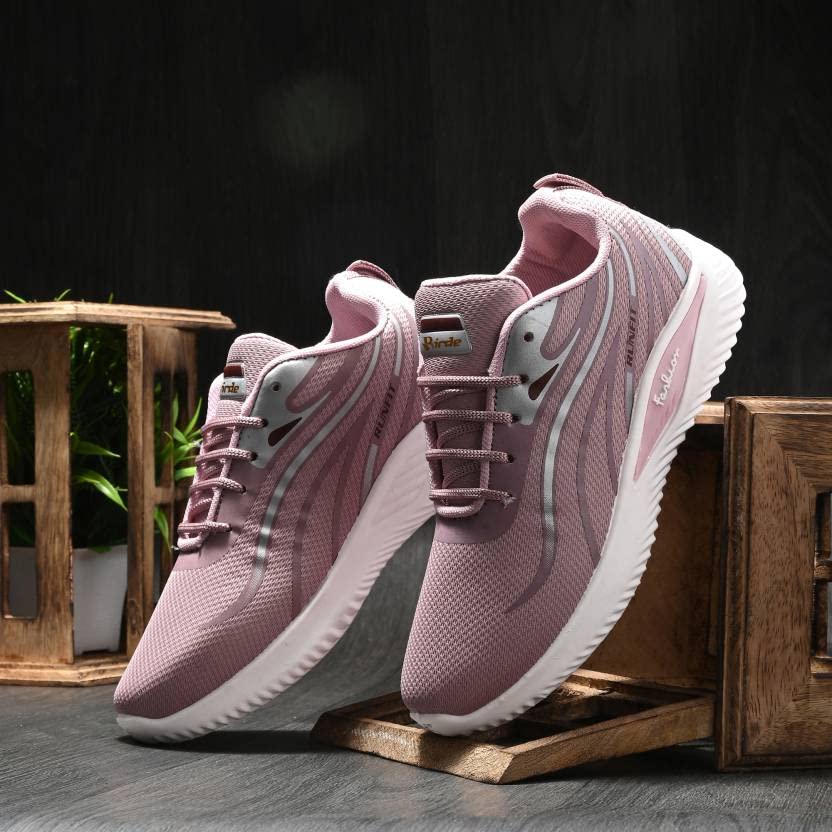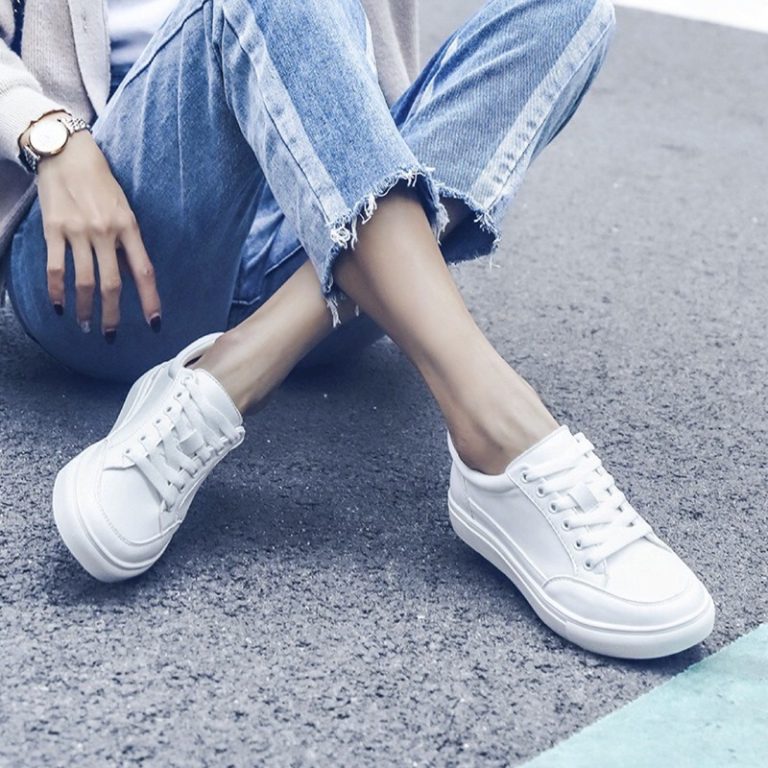Choosing the right sports shoes is crucial for women who lead an active lifestyle. The right pair can enhance performance, improve comfort, and prevent injuries. With the myriad of options available, navigating the selection process can be overwhelming. This ultimate guide aims to provide valuable insights into selecting the perfect sports shoes for women, considering factors like foot type, activities, fit, and personal preference.
Understanding Your Foot Type
The Importance of Knowing Your Foot Type
Before purchasing sports shoes, it is essential to understand your foot type. Each individual’s foot has a unique shape, arch height, and pronation pattern. Knowing these characteristics can help you find shoes that provide the best support and comfort. The three main foot types are neutral, flat (overpronation), and high arches (underpronation or supination).
Understanding your foot type will lead you to the right shoe design. Ignoring this aspect can result in discomfort or injuries during sport activities. Therefore, conducting a simple test at home or visiting a specialty store for a foot analysis can be beneficial.
Conducting a Foot Type Test
To determine your foot type, you can perform a “wet test.” Wet the bottom of your foot and step onto a piece of paper. Examine the footprint you leave behind. If you see a complete footprint with little to no arch, you likely have flat feet. A slight curve in the arch indicates a neutral foot type, while a high arch will show minimal contact with the paper.
Additionally, consider other factors like bunions, flatness, or calluses that may impact your foot shape. Knowing your foot type helps you choose the correct sports shoes and ensures they fit your unique needs.

Identifying the Activities
Different Activities, Different Shoes
The type of activity you plan to engage in significantly impacts the type of sports shoes you should select. Sports shoes are designed for specific activities, and using the wrong shoes can lead to discomfort and potential injuries. For example, running shoes are engineered for forward movement, while cross-trainers are designed for varied workouts.
If you participate in multiple sports or activities, consider having different pairs of shoes for each purpose. This practice helps ensure optimal support and performance.
Choosing Activity-Based Footwear
For running, look for lightweight shoes that provide cushioning and shock absorption. For gym workouts that include weightlifting, opt for shoes with a flat and stable platform for better balance. If you enjoy group classes such as aerobics or Zumba, choose shoes that allow for lateral movement and flexibility.
Each sport has unique demands, and selecting the correct shoes for the activity ensures better performance and reduces the risk of injuries.
Fitting and Sizing
Finding the Right Fit
A proper fit is crucial when selecting sports shoes. Ill-fitting shoes can lead to blisters, calluses, and other foot problems. When trying on shoes, ensure there is enough room in the toe box. You should be able to wiggle your toes comfortably without feeling cramped.
Always measure your foot size regularly, as foot size can change over time due to various factors like age and weight fluctuations.
Timing the Fitting Process
It’s best to try on shoes in the afternoon when your feet are slightly swollen. This helps ensure they will be comfortable during workouts. While trying on shoes, wear the same type of socks you would use for your activities. Lace up the shoes and walk around to test the fit. Make sure the heel doesn’t slip and that there is no pinching or tightness anywhere.
Take advantage of the store’s return policy. If you invest in a pair of shoes, ensure you can return them if they don’t fit properly after trying them during your workouts.

Assessing Features and Technologies
Understanding Essential Shoe Features
When shopping for sports shoes, it’s essential to consider specific features that enhance performance and comfort. Look for footwear that provides sufficient cushioning, support, stability, and traction. Each of these features plays a critical role in how the shoes perform during activities.
Cushioning is crucial for shock absorption, especially for runners. Support is essential for maintaining proper alignment and reducing the risk of injury. Stability features help control foot motion, particularly for individuals with flat feet or high arches. Lastly, traction determines how well shoes grip the ground during exercise, preventing slips and falls.
New Technologies in Sports Shoes
Many brands utilize advanced technologies to enhance the functionality of sports shoes. For instance, some running shoes include breathable mesh uppers for better airflow and moisture management. Others feature specialized cushioning systems that adapt to the wearer’s foot dynamics during movement.
Pay attention to the outsole material and tread patterns. Shoes with rubber outsoles provide better durability and traction. Additionally, consider shoes with lightweight materials to prevent fatigue during workouts.
Exploring Styles and Aesthetics
Balancing Functionality and Style
While performance should be at the forefront of your decision, style and aesthetics may also influence your choice. Many brands offer stylish designs that cater to both functionality and visual appeal. Sports shoes come in a variety of colors, patterns, and styles, allowing you to express your personality while remaining practical.
When considering aesthetics, think about your personal style and how the shoes will fit into your wardrobe. If you intend to wear the shoes for casual outings or when running errands, a versatile style that can transition between activities is an excellent choice.
Popular Trends in Sports Shoes
In recent years, trends in sports shoes have shifted towards more vibrant colors and unique designs. Many brands now collaborate with fashion designers to create limited-edition styles that appeal to trendy consumers. These collaborations allow athletes and enthusiasts to wear footwear that aligns with their style preferences while ensuring optimal performance.
Research popular styles, but always prioritize functionality and comfort over aesthetics. Choosing shoes that feel good and perform well is crucial for any activity, regardless of appearance.

Setting a Budget
Understanding Price Ranges
The price of sports shoes can vary significantly based on brand, technology, and materials used. While it may be tempting to go for cheaper options, investing in a quality pair of shoes can pay off in both comfort and durability. Low-cost shoes may lack the essential features that support your activity, leading to discomfort or injuries.
In general, expect to spend between $50 to $200, depending on your needs. Premium models that include advanced technologies and materials may cost even more. Determine your budget before shopping, which allows you to narrow down your options and avoid overspending.
Investing in Quality
Consider your current level of activity and how often you plan to use the shoes. If you are a regular runner or engage in intense workouts, investing in high-quality footwear is crucial. Quality shoes can provide durability, better support, and comfort in the long run.
Additionally, many brands offer warranties or satisfaction guarantees, making it worth choosing reputable companies. Research customer reviews and seek recommendations from friends or fitness experts to identify the best brands within your budget.
Maintaining Your Sports Shoes
Caring for Your Footwear
Once you have chosen the perfect sports shoes for women, proper care will extend their lifespan. Regularly clean your shoes by removing dirt and debris. If the shoes are made of breathable materials, lightly brush them using a soft cloth. For fabric shoes, use a mixture of mild soap and water. Avoid machine washing as it can cause damage.
Always allow shoes to air dry after use, especially if they get wet from sweat or rain. Stuffing them with newspaper can help absorb moisture and maintain their shape.
Knowing When to Replace Shoes
Finally, be aware of when to replace your sports shoes for women. Signs of wear include a lack of cushioning, visible cracks or tears, and uneven wear on the soles. Generally, running shoes last about 300 to 500 miles, while training shoes may need replacement sooner if used regularly. Keeping track of your mileage can help you anticipate replacements.
By maintaining your shoes and monitoring their condition, you can ensure that you always have the right support for your activities. This approach promotes not only performance but also safety during workouts.
In conclusion, choosing the right sports shoes for women involves understanding personal needs and preferences. By recognizing your foot type, determining activity requirements, ensuring a proper fit, and exploring features, you can make an informed decision. While aesthetics are important, prioritizing functionality and comfort will help you enjoy your active lifestyle. Investing in quality footwear sets the foundation for success, whether you run, powerlift, or engage in group fitness classes. Embrace the journey to find the perfect pair, and enjoy every step you take on your path to fitness!














